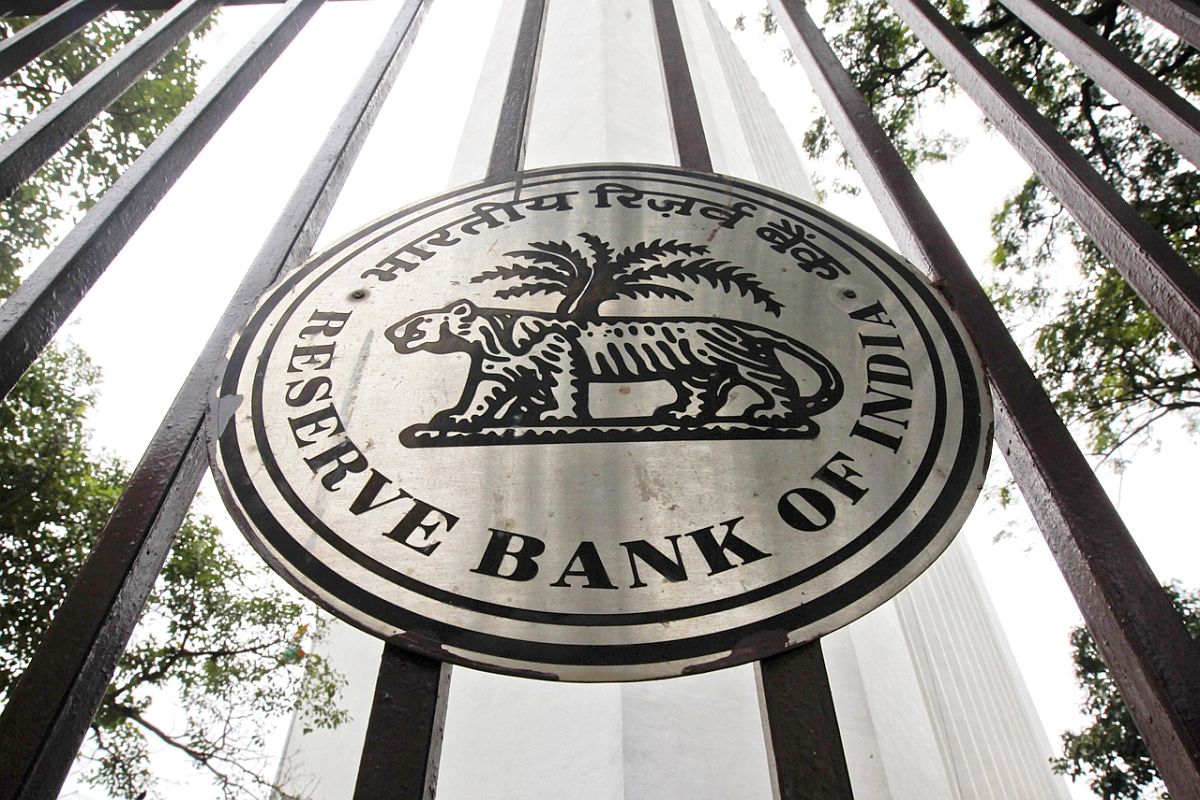Delhi records zero Covid-19 fatality, eleventh time since onset of 2nd wave; 57 cases
The second wave swept the city during the April-May period.
The apex bank observed that for April and early May 2021, available high-frequency indicators present a mixed picture.

RBI further said that a collective global effort to fight the pandemic will surely bring better results than individual countries fighting on their own. (Photo: IANS)
Reserve Bank of India (RBI) on Thursday has said that the impact and the duration of the second wave of COVID-19 pandemic are the biggest threats to its growth estimates for the country for the ongoing financial year, with consensus gravitating towards its earlier forecast of 10.5 per cent.
In its annual report for FY21, the central bank has said that the onset of the second wave has triggered a raft of revisions to growth projections, with the consensus gravitating towards RBI’s projection of 10.5 per cent for the year 2021-22.
The central bank, further said that previous year has left a scar on the economy and “in the midst of the second wave, as 2021-22 commences, pervasive despair is being lifted by cautious optimism built up by vaccination drives.”
Advertisement
The pandemic, however, added that upsides also stem from the capex push by the government, rising capacity utilisation and the turnaround in capital goods imports.
The apex bank observed that for April and early May 2021, available high-frequency indicators present a mixed picture.
RBI further said that a collective global effort to fight the pandemic will surely bring better results than individual countries fighting on their own.
It also said the conduct of monetary policy in 2021-22 would be guided by evolving macroeconomic conditions, with a bias to remain supportive of growth till it gains traction on a durable basis while ensuring inflation remains within the target.
According to it the pace of contagion in the second wave of COVID-19 pandemic has been alarming, stretching the health infrastructure in terms of the capacity to handle a surge of this size and speed.
The report said the deterioration in major fiscal indicators in 2020-21 may be attributed to the pandemic superimposed on a cyclical slowdown in tax revenues and a counter-pandemic fiscal push through higher government expenditure.
“Going forward, as growth revives and economy gets back on track, it is important for the government to adhere to a clear exit strategy and build fiscal buffers, which can be tapped into in events of future shocks to growth,” the RBI said.
Advertisement